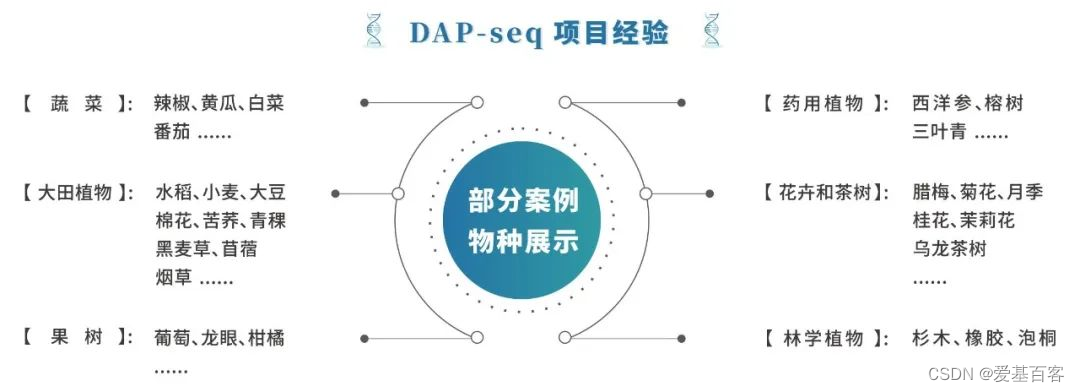难度:简单
给你一个数组
items,其中items[i] = [typei, colori, namei],描述第i件物品的类型、颜色以及名称。另给你一条由两个字符串
ruleKey和ruleValue表示的检索规则。如果第
i件物品能满足下述条件之一,则认为该物品与给定的检索规则 匹配 :
ruleKey == "type"且ruleValue == typei。ruleKey == "color"且ruleValue == colori。ruleKey == "name"且ruleValue == namei。统计并返回 匹配检索规则的物品数量 。
示例 1:
输入:items = [["phone","blue","pixel"],["computer","silver","lenovo"],["phone","gold","iphone"]], ruleKey = "color", ruleValue = "silver" 输出:1 解释:只有一件物品匹配检索规则,这件物品是 ["computer","silver","lenovo"] 。示例 2:
输入:items = [["phone","blue","pixel"],["computer","silver","phone"],["phone","gold","iphone"]], ruleKey = "type", ruleValue = "phone" 输出:2 解释:只有两件物品匹配检索规则,这两件物品分别是 ["phone","blue","pixel"] 和 ["phone","gold","iphone"] 。注意,["computer","silver","phone"] 未匹配检索规则。提示:
1 <= items.length <= 1041 <= typei.length, colori.length, namei.length, ruleValue.length <= 10ruleKey等于"type"、"color"或"name"- 所有字符串仅由小写字母组成
题解:
class Solution(object): def countMatches(self, items, ruleKey, ruleValue): c = 0 for i in items: if ruleKey == 'type' and i[0] == ruleValue: c += 1 if ruleKey == 'color' and i[1] == ruleValue: c += 1 if ruleKey == 'name' and i[2] == ruleValue: c += 1 return c
leetcode:1773. 统计匹配检索规则的物品数量(python3解法)
news2025/1/12 1:54:46
本文来自互联网用户投稿,该文观点仅代表作者本人,不代表本站立场。本站仅提供信息存储空间服务,不拥有所有权,不承担相关法律责任。如若转载,请注明出处:http://www.coloradmin.cn/o/1234123.html
如若内容造成侵权/违法违规/事实不符,请联系多彩编程网进行投诉反馈,一经查实,立即删除!相关文章
Linux应用开发基础知识——网络通信编程(九)
前言: 通过学习为后续Linux网络编程奠定基础。首先介绍网络编程的概念,即网络协议分层,旨在帮助读者对网络建立初步的、全面立体的认识,其次介绍包括协议、端口、地址等;最后介绍应用非常广泛的传输控制协议࿰…
口袋参谋:找关键词的三种方法!
如何找热搜关键词?99%的商家都不知道。那么今天可以根据我说的三种方法去做。 第一种方法:利用竞争对手 通过分析竞争对手,正在使用和采取何种优化方法,来帮助你理解市场上正在流行什么样的关键字,这些热词可以直接从…
[Mac软件]Downie 4.6.34视频下载工具
以下是关于Downie软件的介绍: Downie是一款非常实用的视频下载软件,专门为Mac用户设计。这款软件的使用方法非常简单,只需要将想要下载的视频链接复制到Downie的界面,它就能够自动下载。
Downie最大的特点就是支持的网站非常多&a…
重磅解读 | 阿里云 云网络领域关键技术创新
云布道师 10 月 31 日,杭州云栖大会,阿里云技术主论坛带来了一场关于阿里云主力产品与技术创新的深度解读,阿里云网络产品线负责人祝顺民带来《云智创新,网络随行》的主题发言,针对阿里云飞天洛神云网络(下…
CentOS8部署Skywalking(非容器方式)
一、官网下载安装包 二、安装 #tar -zxf apache-skywalking-apm-9.6.0.tar.gz #mv apache-skywalking-apm-9.6.0 skywalking #cd /opt/skywalking 修改配置文件 #vi /opt/skywalking/config/application.yml #vi vi /opt/skywalking/webapp/application.yml 三、运行 ./bin…
inBuilder低代码平台新特性推荐-第九期
各位知乎的友友们,大家好~ 今天来给大家带来的是inBuilder低代码平台特性推荐系列第九期——子表弹出新增!
01 概述
子表弹出新增,是低代码平台提供的一种前端输入组件,在子表字段较多的场景中,有时为了方便…
【Linux】 find命令使用
find
find命令是一种通过条件匹配在指定目录下查找对应文件或者目录的工具。匹配的条件可以是文件名称、类型、大小、权限属性、时间戳等。find命令还可以配合相关命令对匹配到的文件作出后续处理。 语法
find [路径...] [表达式]
[path...]为需要查找文件所指定的路径。如果…
【GUI】-- 12 贪吃蛇小游戏之让小蛇动起来
GUI编程
04 贪吃蛇小游戏
4.3 第三步:让小蛇动起来(键盘控制)
首先,在构造器中要获取焦点事件、键盘监听事件并加入定时器(定时器定义需要实现ActionListener接口并重写actionPerformed方法):
//构造器public GamePanel() {init();this.s…
后端-锁专题:synchronized(java对象结构、锁的类型、锁升级流程...)
文章目录 对象的结构以及大小内存换算java的常见数据类型以及所占字节数分析对象总共占多少字节,各项占多少字节对象头结构 锁类型锁升级流程 对象的结构以及大小内存换算
java的常见数据类型以及所占字节数
String:8字节 64位
int:4字节 …
虾皮选品免费工具:如何用知虾进行虾皮市场分析选品
在如今的电商时代,了解市场需求和选择热销产品是成功经营的关键。虾皮作为东南亚地区最大的电商平台之一,提供了一系列的选品工具,帮助卖家在市场竞争中脱颖而出。本文将介绍如何使用虾皮的免费工具——知虾进行虾皮市场分析选品,…
MS90C386:+3.3V 175MHz 的 24bit 平板显示器(FPD)LVDS 信号接收器
产品简述 MS90C386 芯片能够将 4 通道的低压差分信号( LVDS )转换成 28bit 的 TTL 数据。时钟通道与数据通道并行输入。在时钟频率 为 175MHz 时, 24bit 的 RGB 数据、 3bit 的 LCD 时序数据和 1bit 的控制数据以 1225Mb…
竞赛 题目:基于深度学习的图像风格迁移 - [ 卷积神经网络 机器视觉 ]
文章目录 0 简介1 VGG网络2 风格迁移3 内容损失4 风格损失5 主代码实现6 迁移模型实现7 效果展示8 最后 0 简介
🔥 优质竞赛项目系列,今天要分享的是
基于深度学习卷积神经网络的花卉识别
该项目较为新颖,适合作为竞赛课题方向,…
真菌DAP-seq|丝状真菌中与碳利用相关的调控和转录景观
转录因子 (Transcription Factors, TFs)是指能够以序列特异性方式结合DNA并且调节转录的蛋白质。TF与特异性DNA序列结合调节转录,同时会和其它功能蛋白结合调控下游基因的转录和翻译过程,也会和增强子等其它顺式作用元件结合,使整个调控过程更…
API网关那些事【架构新知系列】
目前随着云原生ServiceMesh和微服务架构的不断演进,网关领域新产品不断出现,各种网关使用的技术,功能和应用领域也不断扩展,在各有所长的前提下也有很多功能重合,网上各种技术PR文章,评测资料和网关落地实践…
淘宝商品详情接口,商品属性接口,商品信息查询,商品详细信息接口,h5详情,淘宝APP详情
淘宝商品详情API接口可以使用淘宝开放平台提供的SDK或API来获取。这些接口可以用于获取商品的详细信息,如标题、价格、描述、图片等。
以下是使用淘宝开放平台API获取商品详情的步骤:
注册淘宝开放平台账号,并创建应用,获取应用…
VR全景打造亮眼吸睛创意内容:三维模型、实景建模
随着VR技术在不同行业之间应用落地,市场规模也在快速扩大,VR全景这种全新的视觉体验为我们生活中的许多方面都带来了无限的可能。更加完整的呈现出一个场景或是物体的所有细节,让浏览者感受到自己仿佛置身于现场一般;其次…
参与活动如何进行地区的限制
对活动地区限制分为两步:一是管理端配置,而是移动端限制 移动端限制 使用高德获取经纬度(需要引入高德库:https://webapi.amap.com/maps),如果是app也可以调用jsapi获取经纬度 export const checkAppPermis…
代码随想录二刷 | 链表 | 翻转链表
代码随想录二刷 | 链表 | 翻转链表 题目描述解题思路 & 代码实现双指针法递归法 206.翻转链表 题目描述
给你单链表的头节点 head ,请你反转链表,并返回反转后的链表。
示例 1:
输入:head [1,2,3,4…
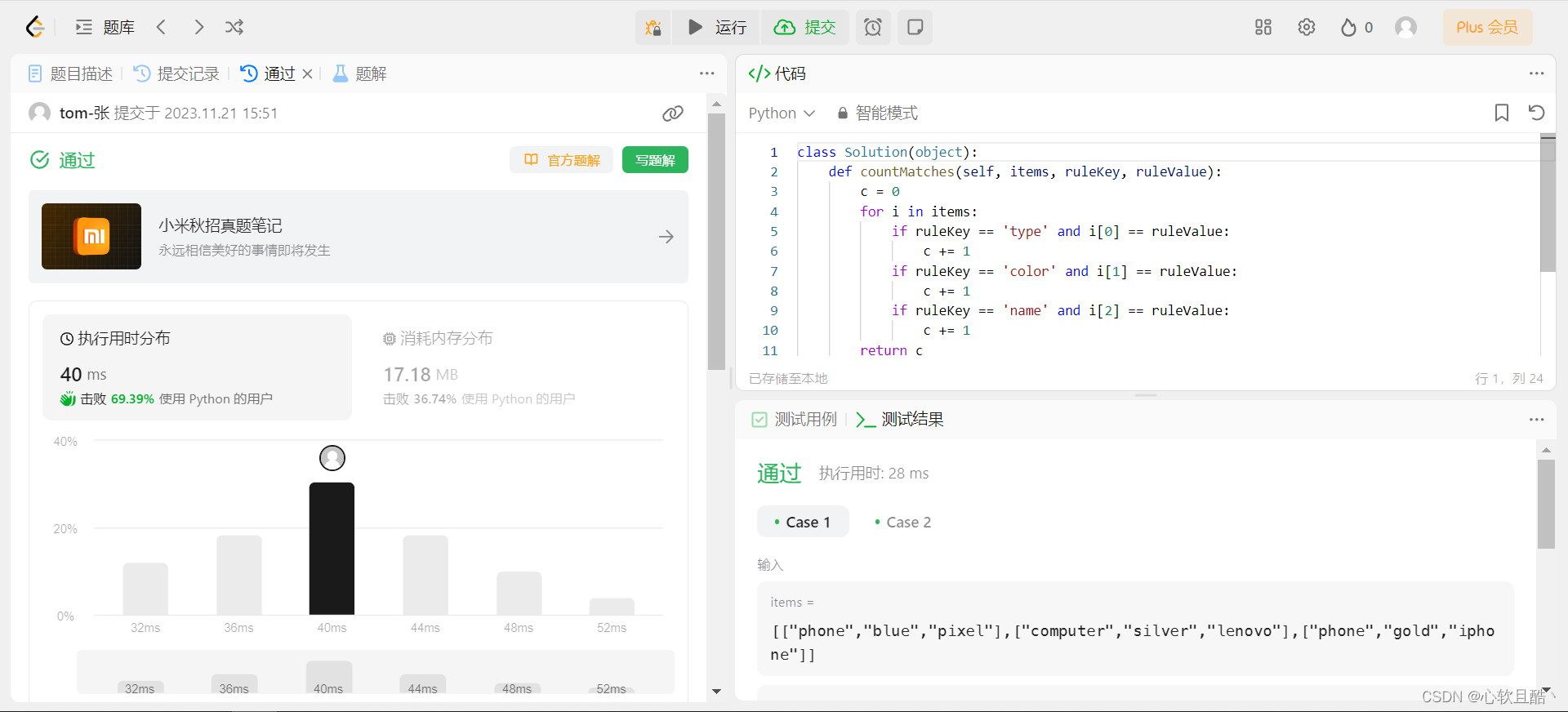

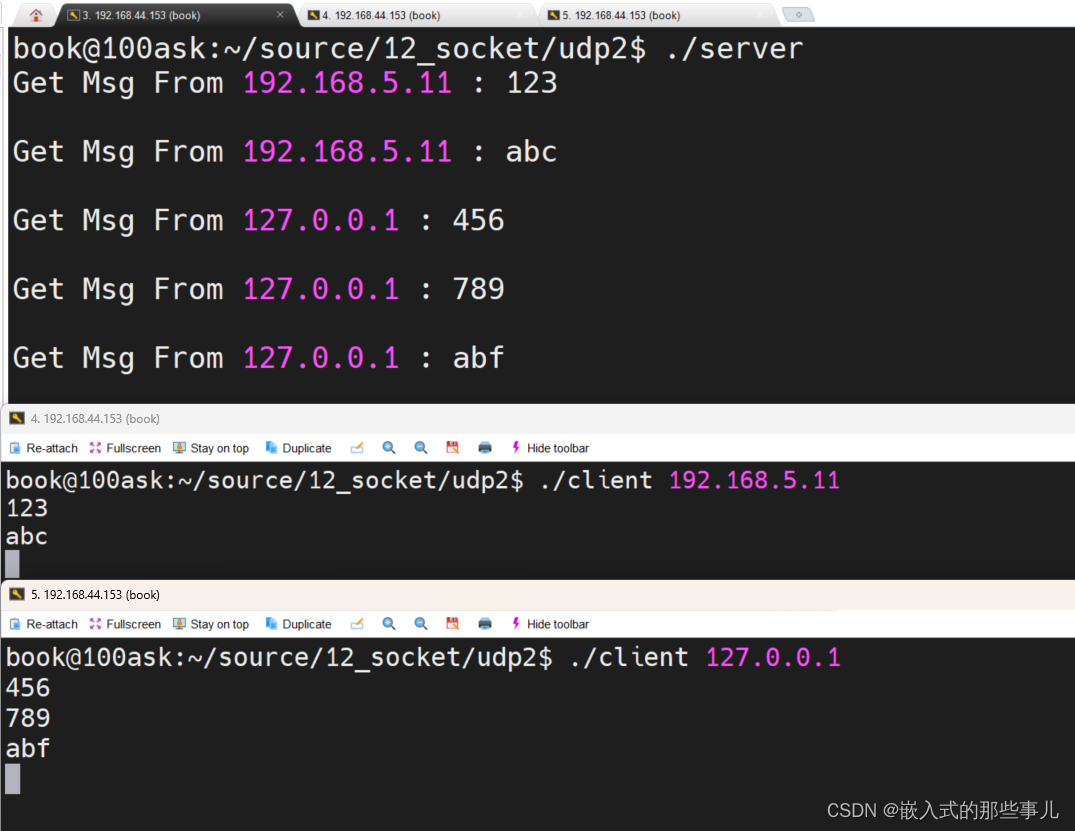
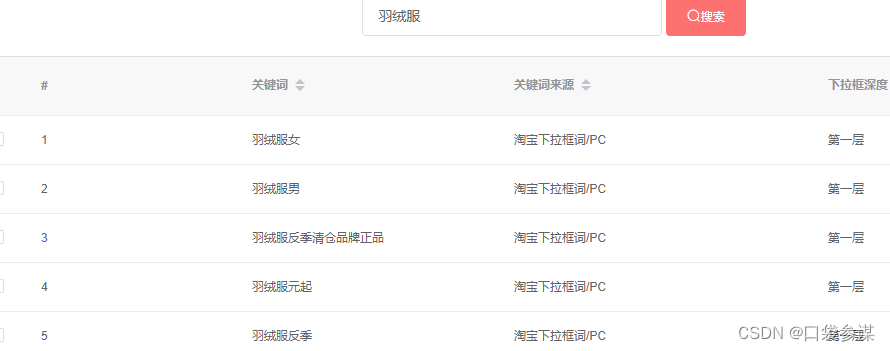
![[Mac软件]Downie 4.6.34视频下载工具](https://img-blog.csdnimg.cn/img_convert/4a692c7609555f4b27b85ac001c12e8e.png)





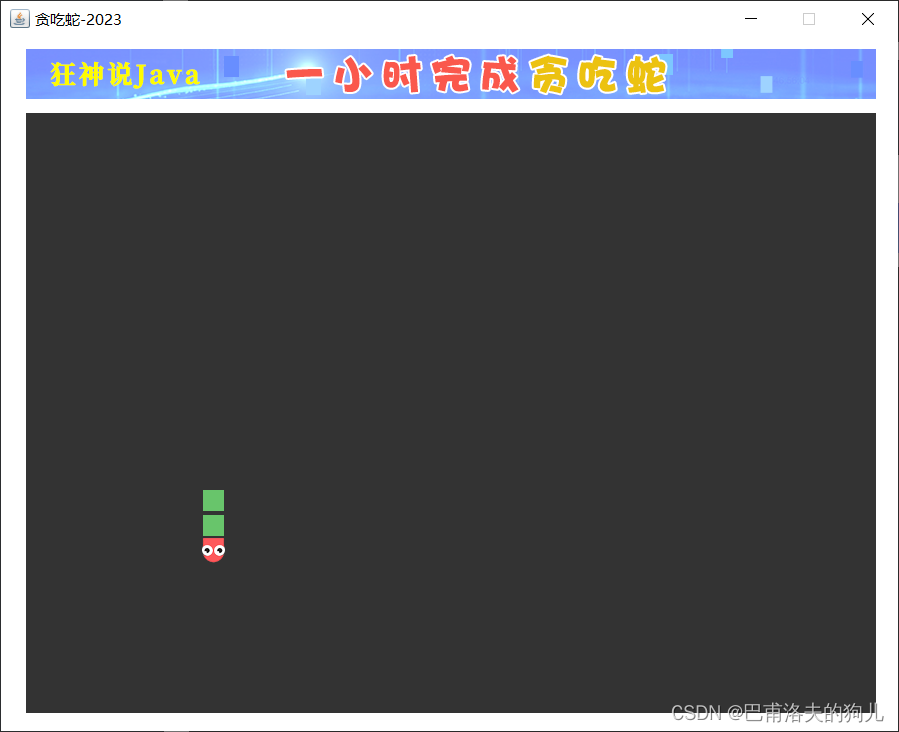
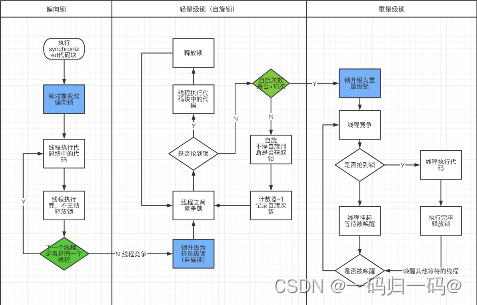
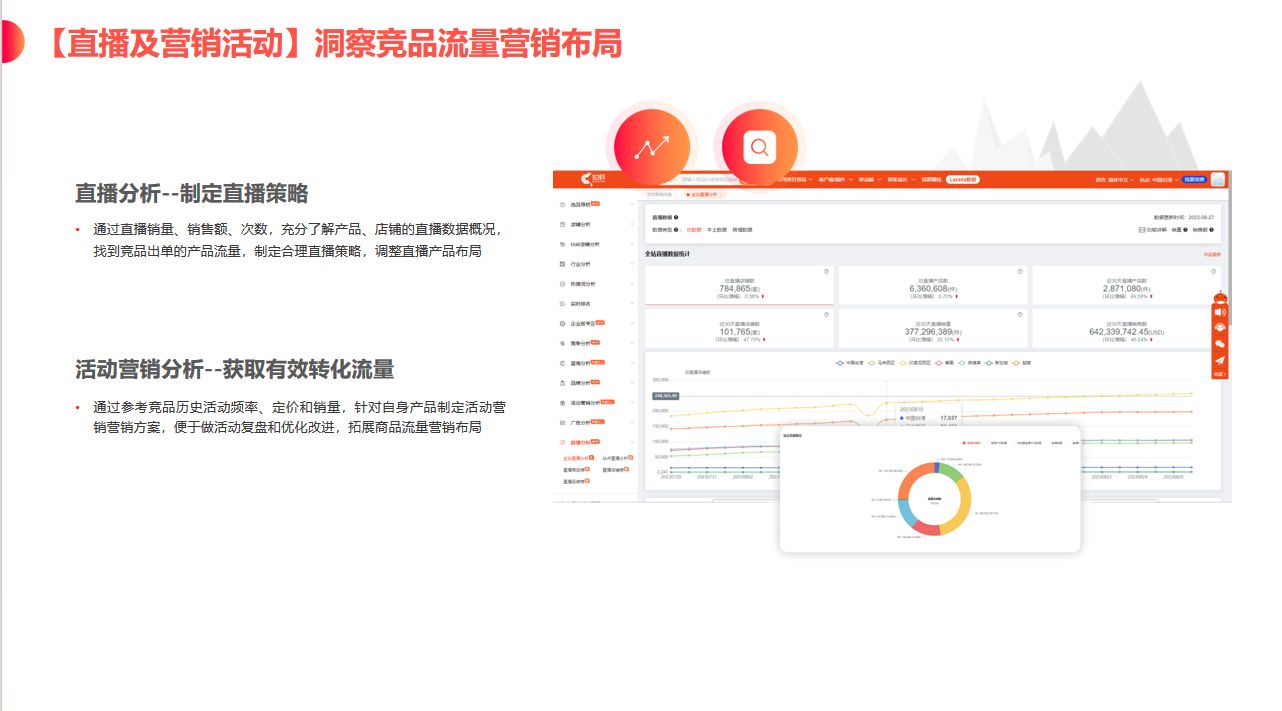

![竞赛 题目:基于深度学习的图像风格迁移 - [ 卷积神经网络 机器视觉 ]](https://img-blog.csdnimg.cn/b72d9a37c238426c81819f44f6a73419.png?x-oss-process=image/watermark,type_ZHJvaWRzYW5zZmFsbGJhY2s,shadow_50,text_Q1NETiBARGFuQ2hlbmctc3R1ZGlv,size_16,color_FFFFFF,t_70,g_se,x_16)
